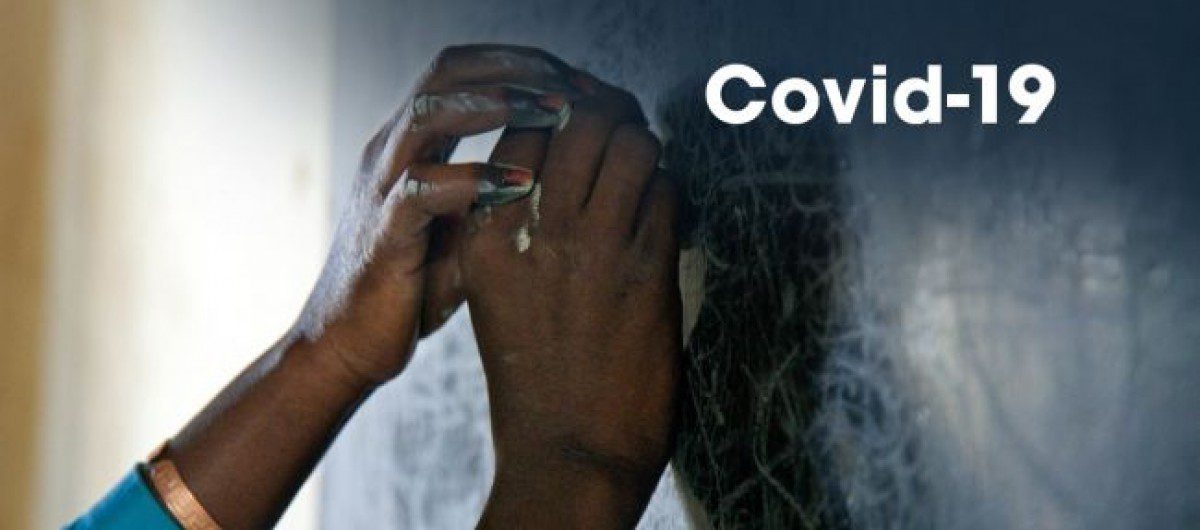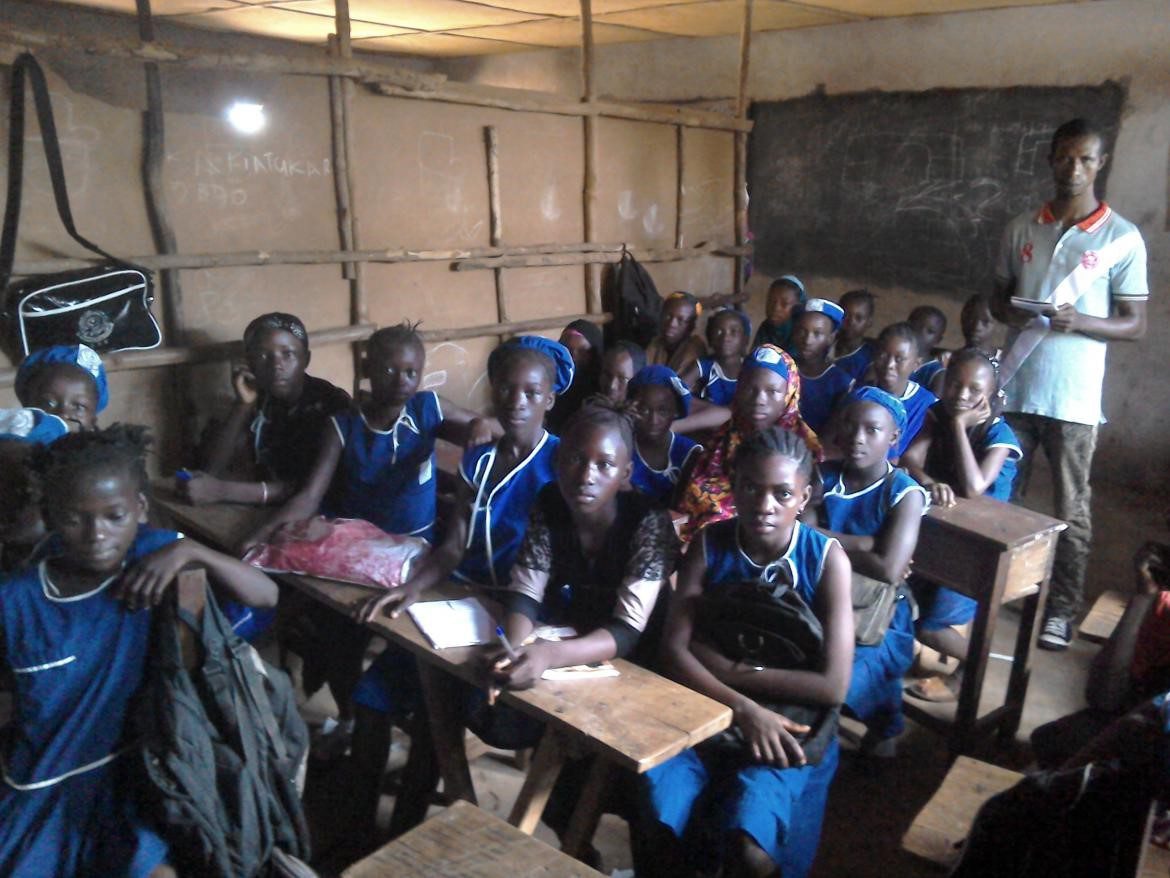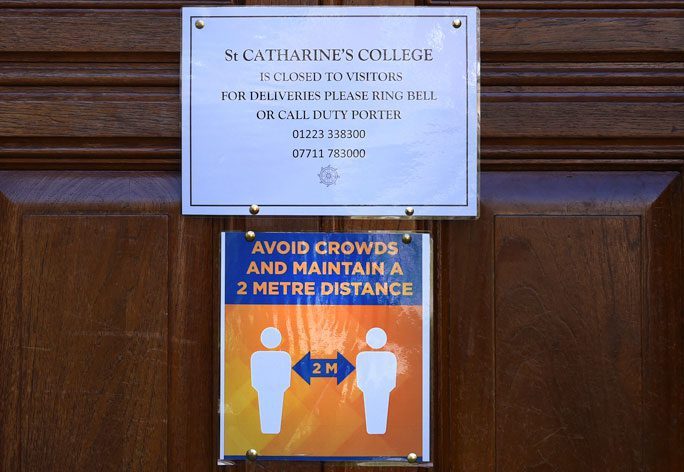This article was written by Khadijah Fancy, Senior Education Adviser, Cambridge Education. It was published on the Mott MacDonald website on 16 December 2020.
COVID-19 continues to have a devastating effect on children’s education in the world’s least developed countries, with girls being disproportionately impacted.
Gender-inclusive response and recovery plans are needed to safeguard the life chances of a whole generation of girls, says senior education advisor Khadijah Fancy of Cambridge Education, Mott MacDonald’s specialist education consultancy.
In less than one year, COVID-19 has threatened to turn back 25 years of progress in girls’ education and empowerment.
Since 1995, the year of the Beijing Declaration and Platform for Action, still considered the most progressive blueprint for advancing women’s rights, some 180 million more girls have enrolled in primary and secondary education.
But much of this progress could be undone by the coronavirus pandemic, which has exacerbated gender inequalities in education. Nearly 130 million girls, about 1 in 10 of all the girls in the world, were already excluded from school before COVID-19.
Evidence from previous epidemics, such as Ebola, and past conflicts shows that adolescent girls are at particular risk of dropping out of school and less likely to return even after the crisis is over.
During this emergency, whole school districts have told us they expect very few girls, if any, to come back and continue their education when schools reopen. A major reason is that many girls will have become pregnant or married or both.
The underlying factors are complex and vary from country to country: one is that school closures have put girls at greater risk of exploitation and sexual violence; another could be the additional pressures placed on girls to participate in transactional sex to earn money for their families during the crisis.
Research published by some of the world’s leading NGOs highlights the scale of the disruption to girls’ education and life chances:
- Child pregnancies – World Vision estimates that as many as one million girls across sub-Saharan Africa may be prevented from returning to school after becoming pregnant during lockdown due to cultural and societal stigmas associated with teenage pregnancy.
- Child marriages – The rise in pregnancies, coupled with rising poverty levels and growing food insecurity as a result of the pandemic, will put 2.5 million more girls at risk of early marriage by 2025, according to Save the Children.
Wider impacts on society
Widespread school closures have also triggered a ‘perfect storm’ of wider social impacts, which again disproportionately affect girls and young women. This makes for further grim reading:
- Child labour – We may see an increase in child labour for the first time in 20 years, forecasts the ILO, as school closures result in more girls taking up additional domestic and agricultural work.
- Domestic violence – UN data shows that since the COVID-19 outbreak, violence against women and girls, and particularly domestic violence, has intensified.
- Female genital mutilation (FGM) – A joint UNFPA/UNICEF report calculates two million additional cases of FGM will now need to be averted to eliminate it by 2030, as lack of school supervision increases girls’ vulnerability to this practice.
We are at a critical moment. There’s still time to prevent the crisis in girls’ education from becoming a generational loss – but only if we implement effective COVID-19 response and recovery plans.
And the key to their effectiveness is how well they are designed and delivered around the needs of girls and other vulnerable children.
Lessons of lockdown
During lockdown, distance learning and home schooling have enabled some children to continue their education using apps and online platforms. For communities without internet access or mobile devices, providing smartphones and tablets directly to households, or delivering school curriculums via radio programmes, have also proved to be practical steps to keep children in education and keep them safe.
Whatever the method, an overriding principle must be that remote and blended learning programmes are provided in ways that ensure girls have equal access to them – for example, making online lesson times flexible to fit around their domestic work and care responsibilities.
Parents and communities need ongoing guidance on how best to support their children’s education during school shutdowns, and how to continue to support home learning when schools reopen. This should include advice on making provision for sexual and reproductive education and health services normally delivered in school settings to be delivered at home
Post-lockdown, back-to-school campaigns and active outreach services will be necessary to encourage parents to send their children back to school, including pregnant girls and young mothers. It will be essential that girls receive the right services, support and social protections when they re-enrol.
Preparations to reopen schools also have to consider that not all children will be going back on an equal footing. Some will have struggled to learn in lockdown more than others and will be reliant on remedial education to catch up with any lost learning.
Others may have suffered violence or trauma while schools were closed, requiring emotional and psychological support and referrals to deal with these impacts of the pandemic.
From disruption to recovery
At the peak of the lockdown, more than 1.6 billion students were affected by school closures. In early December, UNESCO was reporting that 314 million learners were still being impacted – that’s 18% of total enrolled learners – by nationwide school closures in 28 countries.
The focus of response and recovery plans must be on those least likely to return to school, and those most likely to have experienced violence or abuse during lockdown. Often, they will be the same, and mostly they will be girls and young women.
Governments and their partners, therefore, have a responsibility to address the gender dimensions of the pandemic by ensuring schools have the resources, and teachers have the skills, to help girls re-engage with their education.
A positive outcome of this crisis could be that they learn how to look through a more inclusive lens when making all policy and investment decisions.
This will help to identify gender gaps and create opportunities to develop systemic, sustainable solutions that will reduce inequality not just in education systems but ultimately in society as a whole.
Cambridge Education is a member of the UNESCO Global Education Coalition, a platform for collaboration and exchange to protect the right to education during and beyond the COVID-19 pandemic.
Read how Cambridge Education developed innovative responses to the pandemic on its UK aid-funded education programmes across sub-Saharan Africa – The challenge education faces from COVID-19





